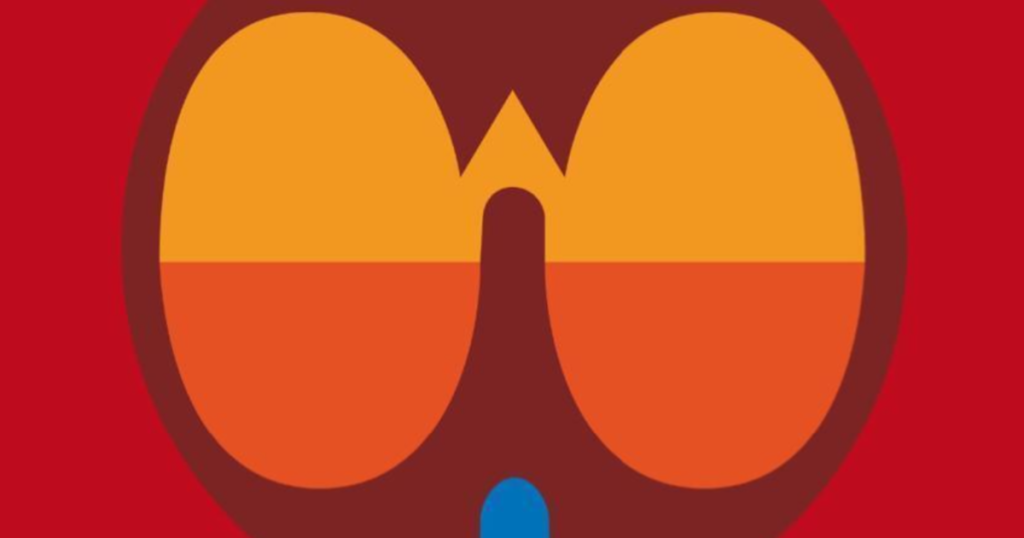Moroccan modernist Mohamed Hamidi has passed away at 84. His death was announced by Sharjah’s Barjeel Art Foundation on Instagram. Shortly after, his representing gallery, Loft Art Gallery, confirmed the artist’s passing via its Instagram account.
“A precursor of Morocco’s modern art movement, Hamidi inspired generations through his bold visual language and his lifelong commitment to creative freedom,” the post read.
Hamidi is known as one of the founding fathers of Moroccan modernism, a movement that emerged in post-colonial Morocco in the 1960s. His work persistently returned to themes of the human body—abstracted into interlocking curves and symbols that dissolve figurative form into geometric patterns. Drawing on the motifs and rhythms of Moroccan craft traditions, he developed a language of sensual abstraction, where geometry and color evoke desire.
Born in Casablanca in 1941, Hamidi studied at the School of Fine Arts of Casablanca before graduating with a teaching degree from the École Nationale Supérieure des Beaux-Arts de Paris in 1964. After nearly a decade in Paris, he returned to Morocco in 1967. The country, which declared independence from France in 1956, was experiencing a cultural renaissance, where many artists pushed to develop a Moroccan identity.
In 1969, Hamidi took part in the defining exhibition “Manifesto” exhibition at Jamaa El Fna Square in Marrakech, which featured other pioneering painters such as Mohamed Melehi and Mohamed Chabaa. During this time, Hamidi taught alongside these artists at the School of Fine Arts of Casablanca in Morocco from 1967 to 1975. He played a pivotal role in the Casablanca School, a modernist art movement and pedagogical avant-garde in the early 1960s that reimagined Moroccan art by integrating modernist abstraction and indigenous craft traditions.
Two of Hamidi’s paintings—Harmonie (1971) and Marie (1972)—were acquired by the Centre Pompidou in Paris in 2019. In recent years, the artist has been the subject of solo exhibitions at several Moroccan galleries, including Loft Art Gallery, La Galerie 38, and Galerie Venise Cadres.
“Throughout his career, Hamidi explored the human body, abstraction, geometry, color, and the rhythms of African visual traditions,” the Barjeel Art Foundation posted. “His work challenged boundaries and remains a powerful testimony to art’s ability to translate inner life into form.”
